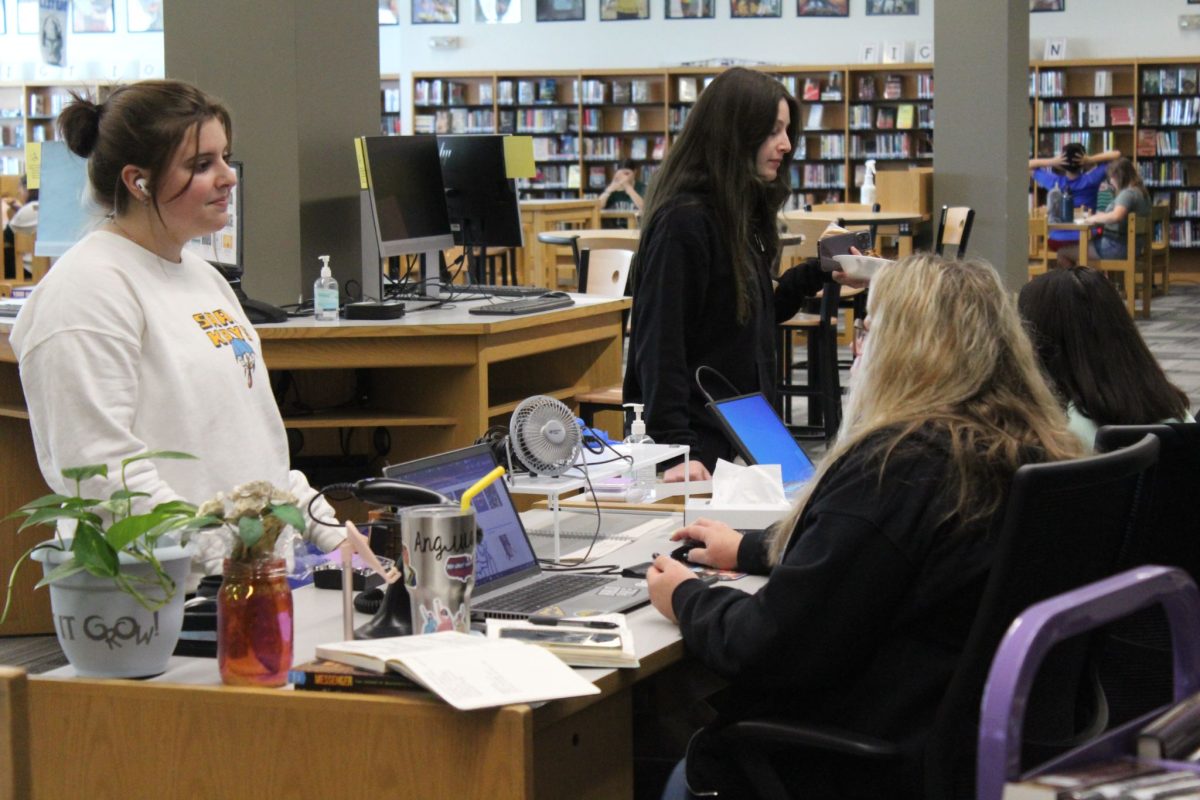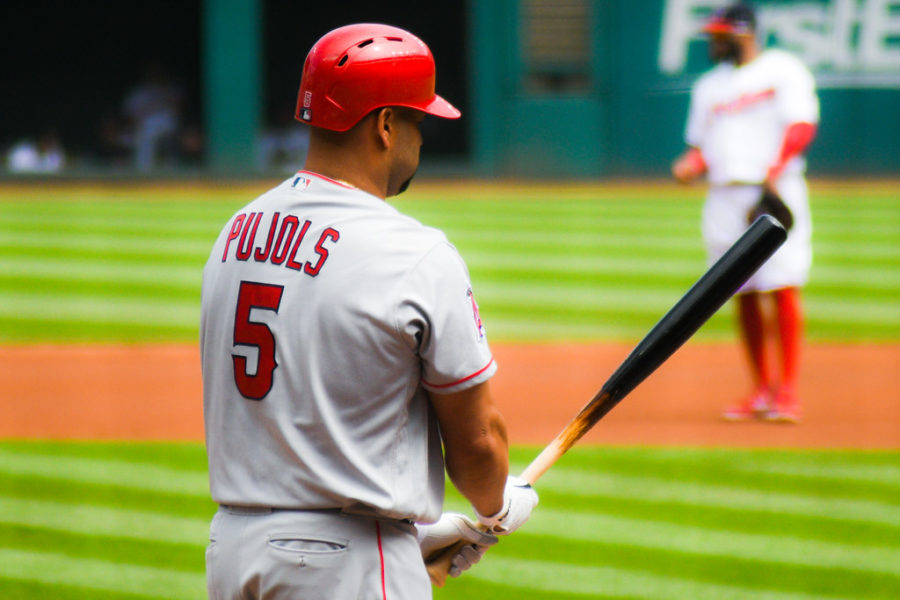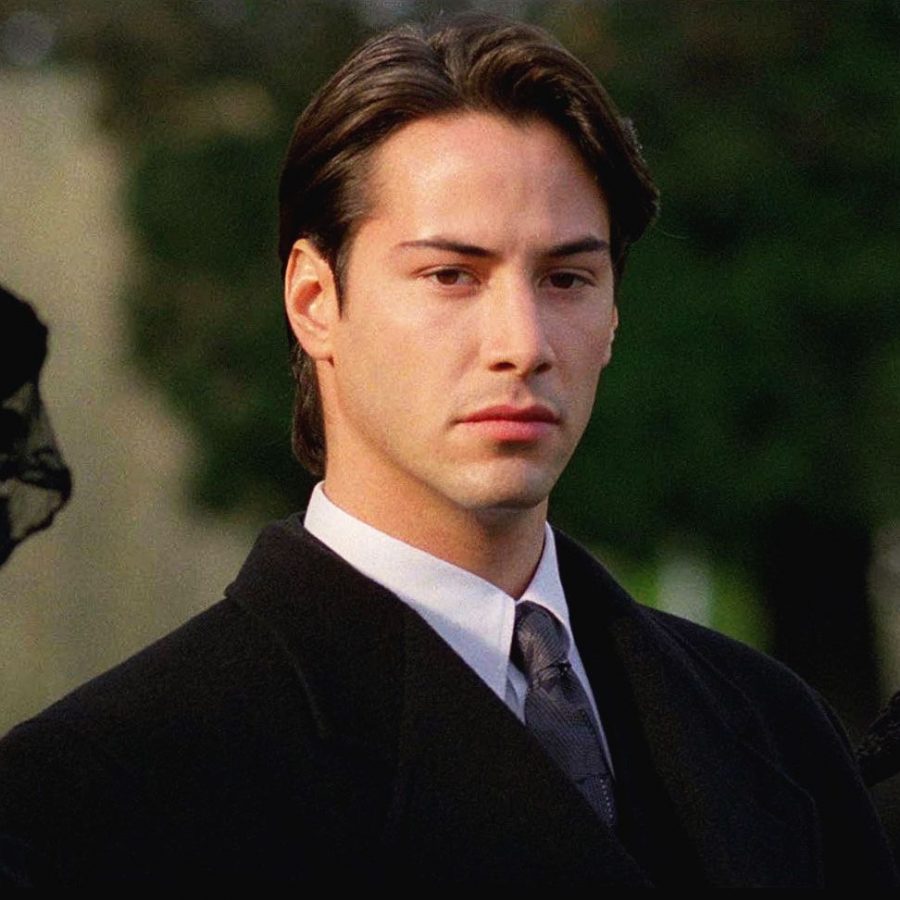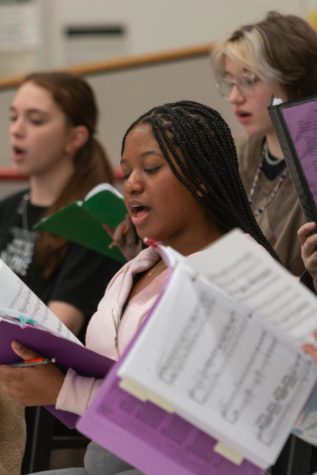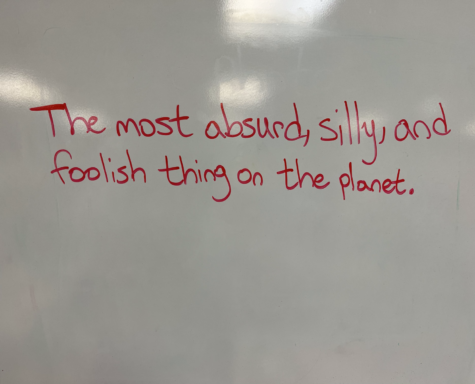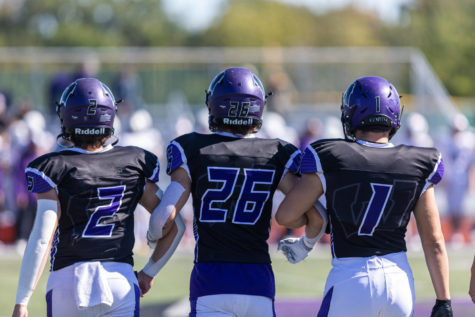Slacktivism
Social media activism is becoming dangerous for causes
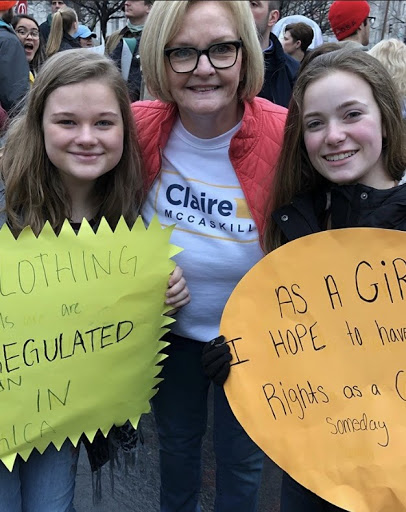
Mooney and Pester stand with former US senator Claire McCaskill
Whether it be reposting a picture for virtual “prayers” or tweeting a hashtag to show solidarity, these small movements are destroying the importance of in-person activism. Facebook, Instagram and Twitter are just a few of the many social media platforms used by 3.5 billion people around the world, according to ourworldindata.org. As these platforms become increasingly more popular, so does the facade of internet activism. Politics and calls for social justice issues have been forced behind a phone screen, taking away from the real-life movements. This process is popularly known as “slacktivism” and is the result of apathetic citizens.
Social media has provided its users with an easy way to stay in the safety of their homes, vocalizing their desires for change while failing to produce any effective differences. Retweeting a post about immigration laws is not going to help anyone. Posting a picture that someone else took of pollution is not inspiring companies to make a change.
Slacktivism only reaches low-risk solutions, according to a study done by researchers at the University of Michigan. In the study, Sonya Dal Cin, a professor of communication studies, asked 178 college students to view three social cause videos and then randomly assigned them to post one of the videos either publicly on their own Facebook timeline or anonymously on a third-party’s Facebook timeline. The participants then indicated their willingness to donate or engage in other behaviors to help the social cause whose video they chose to share. Participants who shared a video about a social cause publicly were more willing to donate than those who shared anonymously, all according to news.umich.edu.
The results of this study show that students were only willing to donate if their social media followers were able to see their donations. The anonymity of social media makes slacktivism “low-risk” because users have the safety of not being pressured by other users to donate or support certain groups.
“It’s important we aren’t just complacent when it comes to everything going on in our lives, even if we are just kids,” senior Riley Mooney said. “We need to be the ones who stand up and say ‘This is the day history is made.’”
Engaging in activism via social media loses the face to face contact, eliminating the passion that creates a change in the world. Although “slacktivism” can help spread information about some social or environmental issues, the outcomes are usually in the form of sympathy rather than real change. The passing of information that comes with internet activism is crucial to the planning and execution of protests, but it is not enough to stay behind the screen.
In June, many Instagram users participated in “Black Out Tuesday”, which consisted of people posting a picture of a black square and using the #BlackLivesMatter and #BlackoutTuesday. Many issues quickly came to light from this trend. The first issue was that the pictures did not produce any real change for the cause. There was no information being spread, no funds being raised, just blank screens. This was not only a useless attempt at showing support for the Black Lives Matter movement, it also hurt the cause by crowding the hashtags and moving the actual information to the bottom.
“Digital-age movements tend to be organizationally toothless, good at barking at power but bad at forcing ultimatums or chewing through complex negotiations,” author Zeynep Tufekci said according to npr.org. “The missing ingredients [are] communication patterns that appear when a fixed group works together over time. And it is why, despite their limits in communication, earlier protests often achieved more.”
In Tufekci’s book “Twitter and Tear Gas: The Power and Fragility of Networked Protest,” she analyzes internet activism and its benefits versus faults, according to newyorker.com.
Protests that take place outside of the cyber world have a much larger impact on our government. The March on Washington had around 200,000 attendees, according to nps.org, March For Our Lives in 2017 had around two million participants according to BusinessInsider.com, the 2019 Women’s March had roughly seven hundred thousand participants according to washingtonpost.com. Recently, the Black Lives Matter protests had between 15 and 26 million participants nationally, according to nytimes.com. The large amounts of participants at these events are what inspired monumental change like the increase of civil rights and liberties. By showing up and gathering together, protesters are refusing to be ignored whereas internet activism is easily dismissed with a simple scroll or tap.
“It’s incredibly important for students to be involved in activism,” junior Farouk Hamdan said. “So many issues going on in the world are happening right now and affect us in many ways. By educating yourself and showing up, you can do a lot more good than reposting on social media.”
Without the marching and protesting, the changes that derived from these events could not have occurred. These people stepped out of their comfort zones, away from their cell phones and made a difference. Those who call themselves activists need to analyze their actions and ask themselves: are they falling victim to slacktivism?


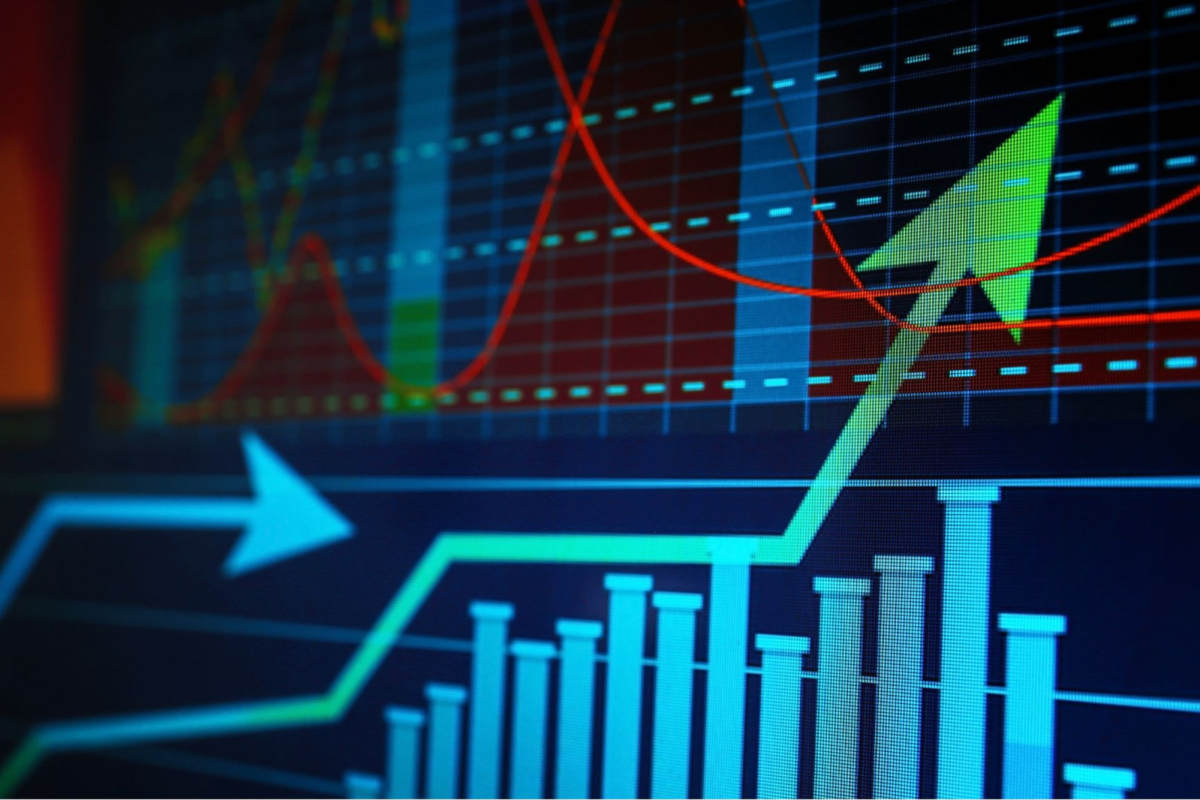
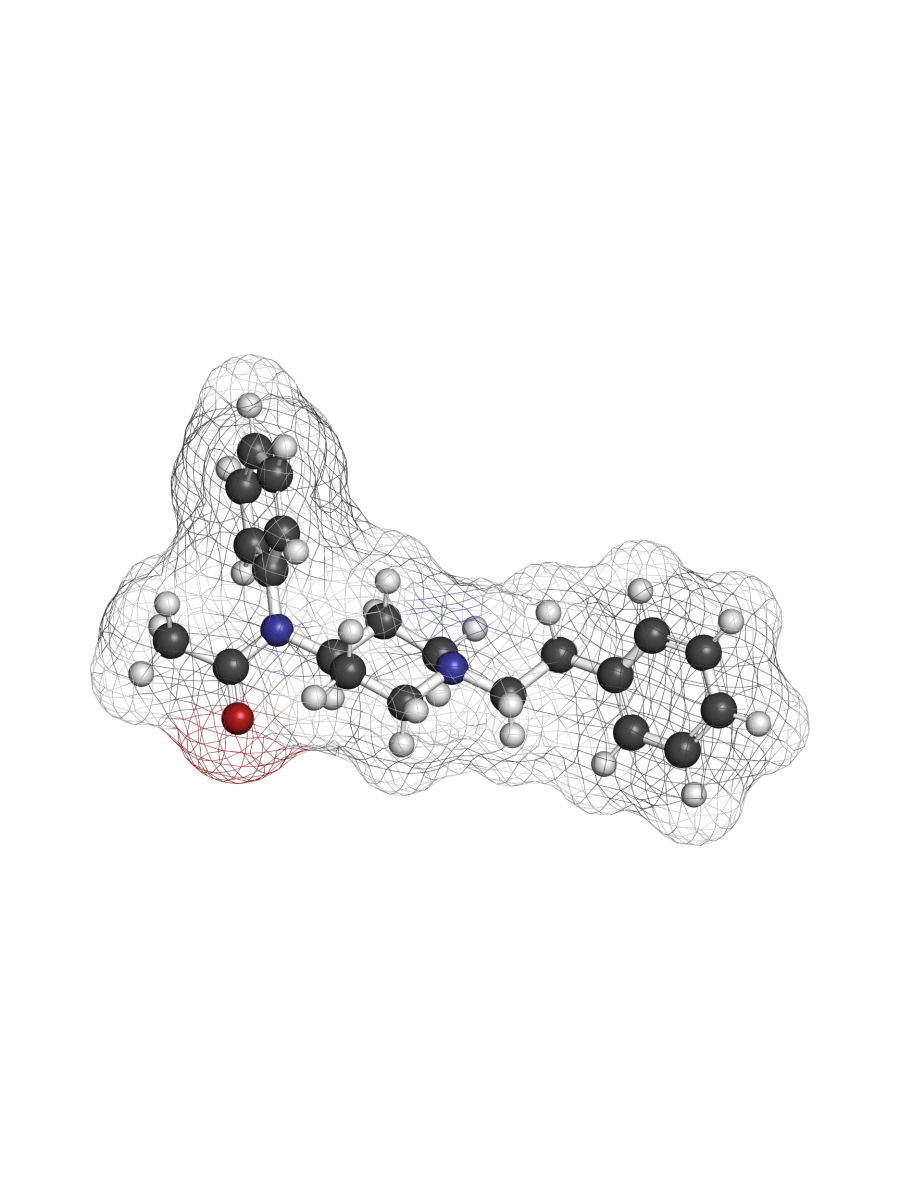
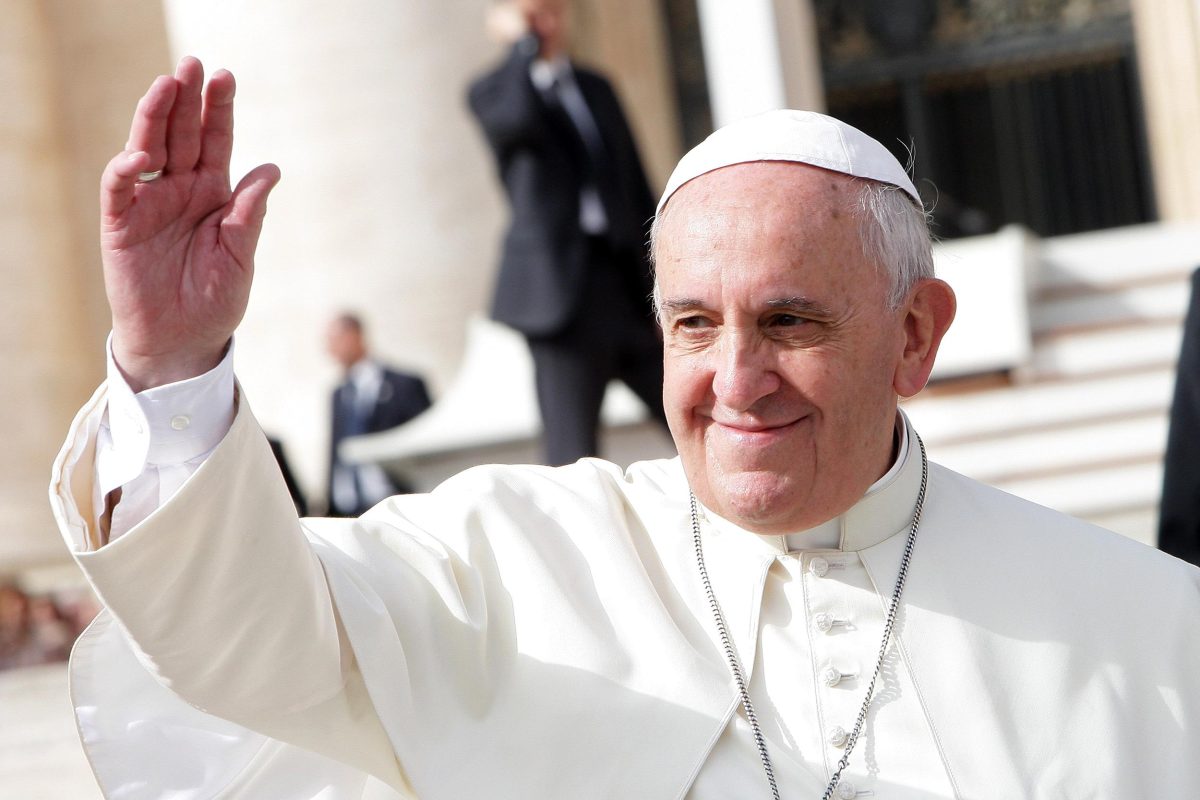
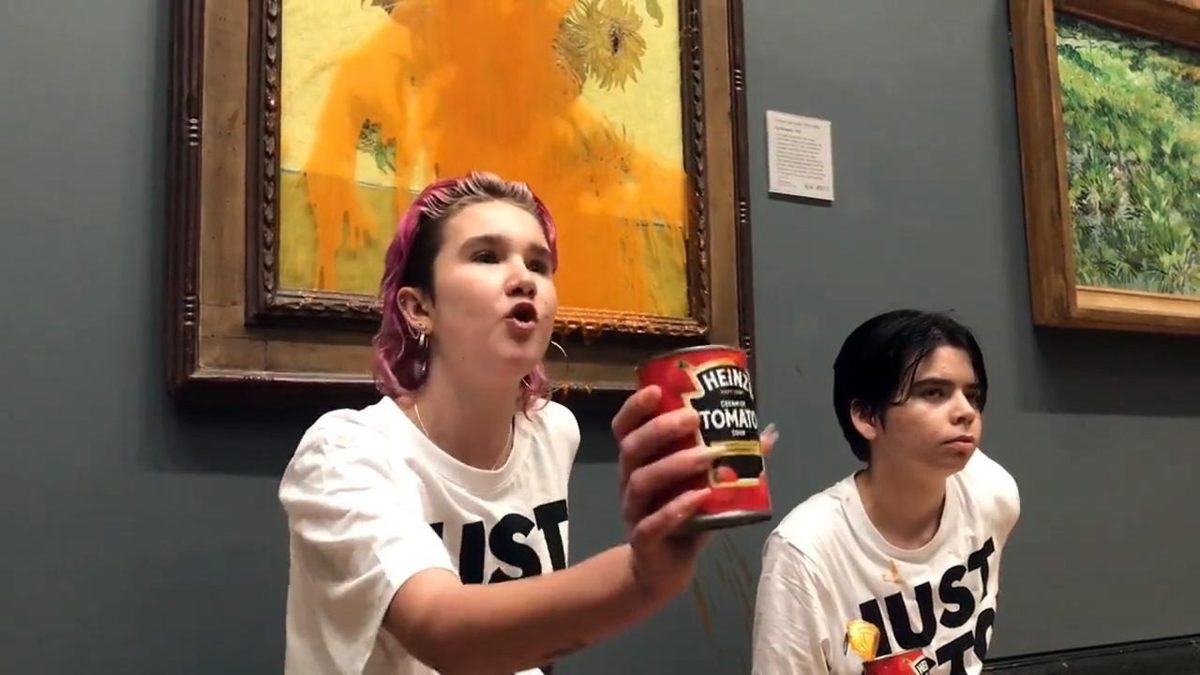
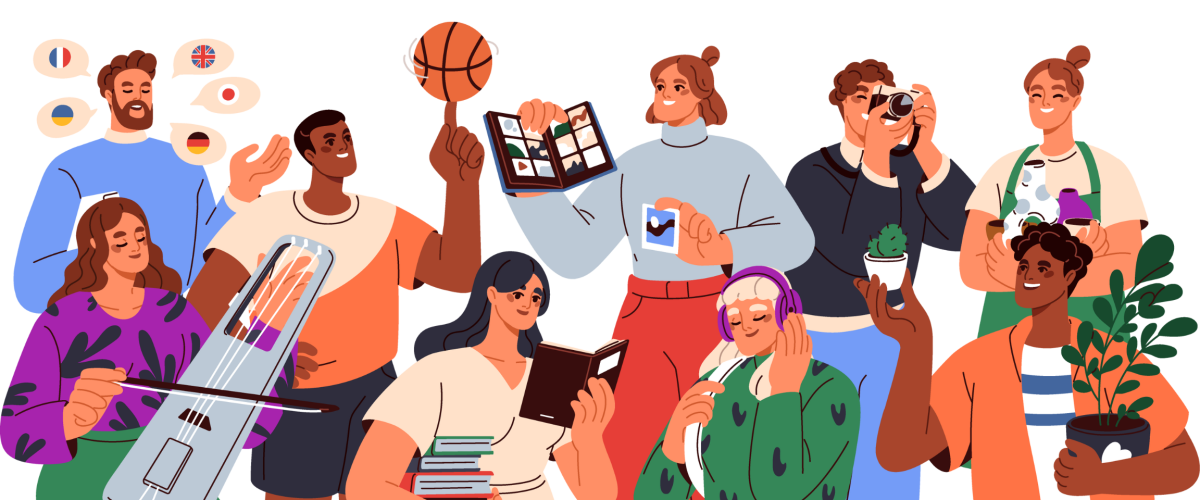








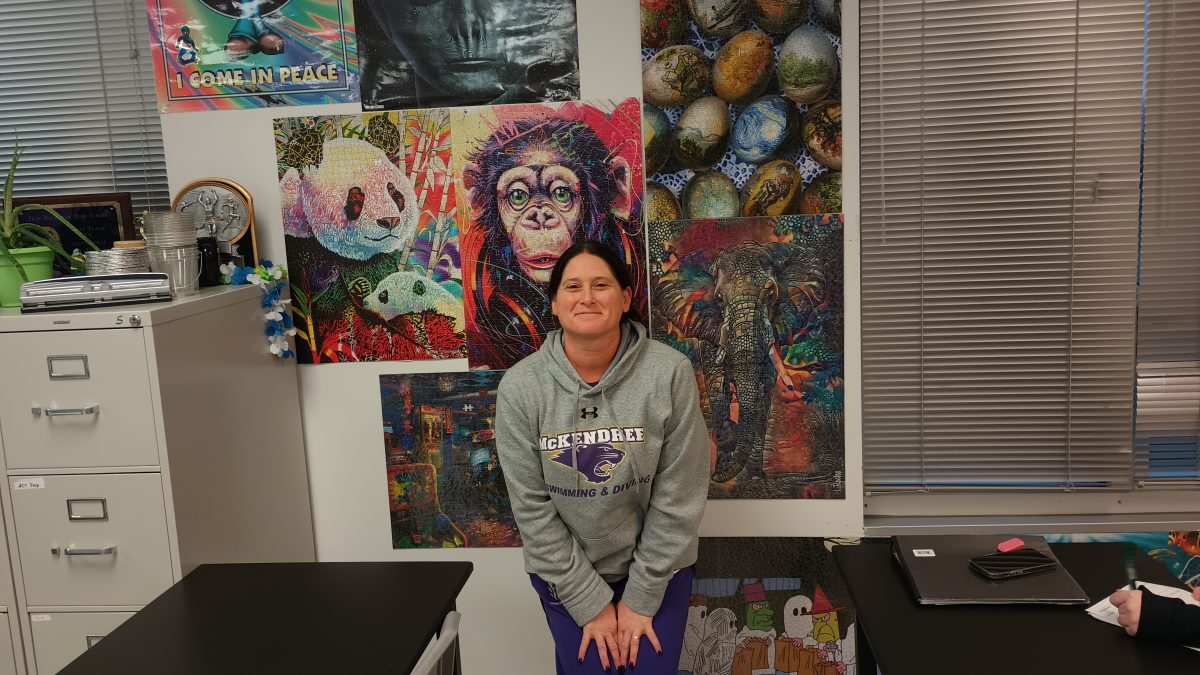

![Orchestra teacher Mieloch is seen directing the orchestra. Mieloch has been teaching for 14 years and is passionate about music.
“Ever since eighth grade I wanted to be a conductor,” Mieloch said. “When I got into high school, I had a couple of really great teachers that made me want to be a teacher and I felt like ‘let’s put them together,’ and I [became] an orchestra teacher.”](https://fzwnews.com/wp-content/uploads/2023/11/kUyj9QUMZeOPBGTDD833b9WDk7Yvt7yppa5Htzqv-800x1200.jpg)

